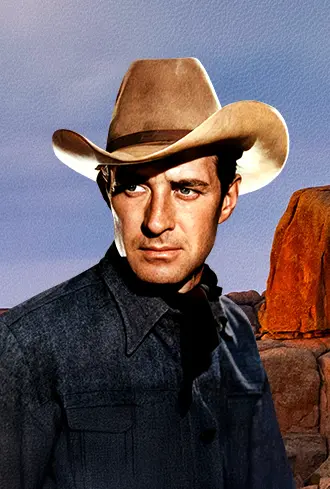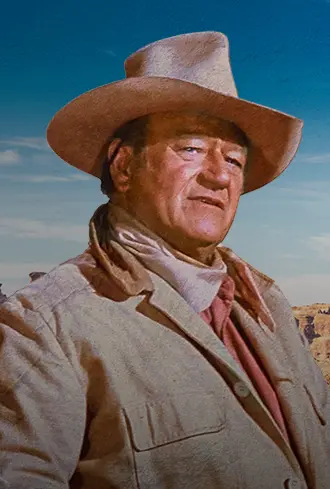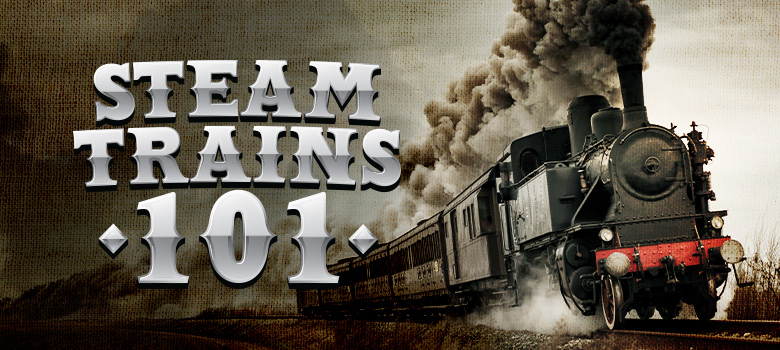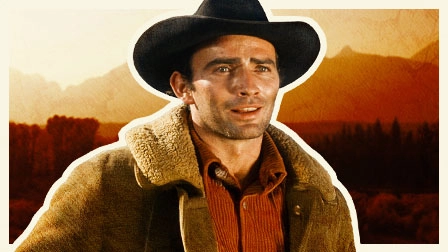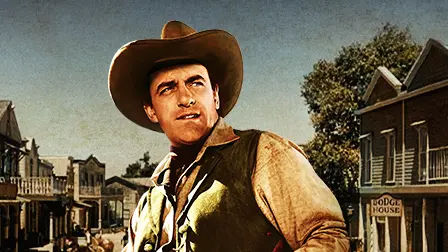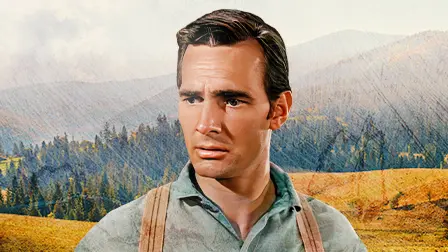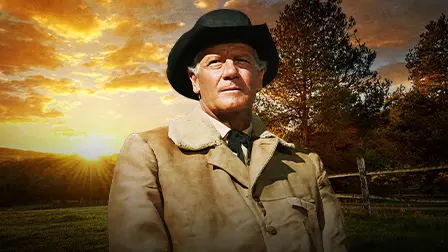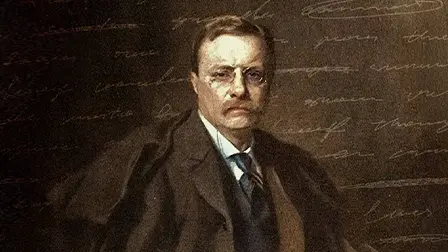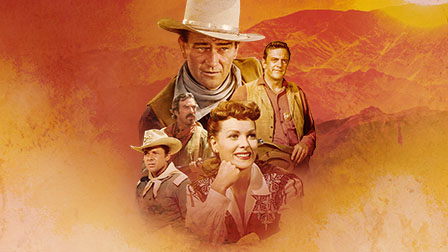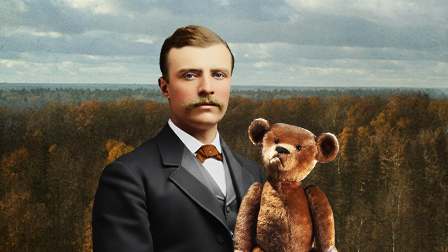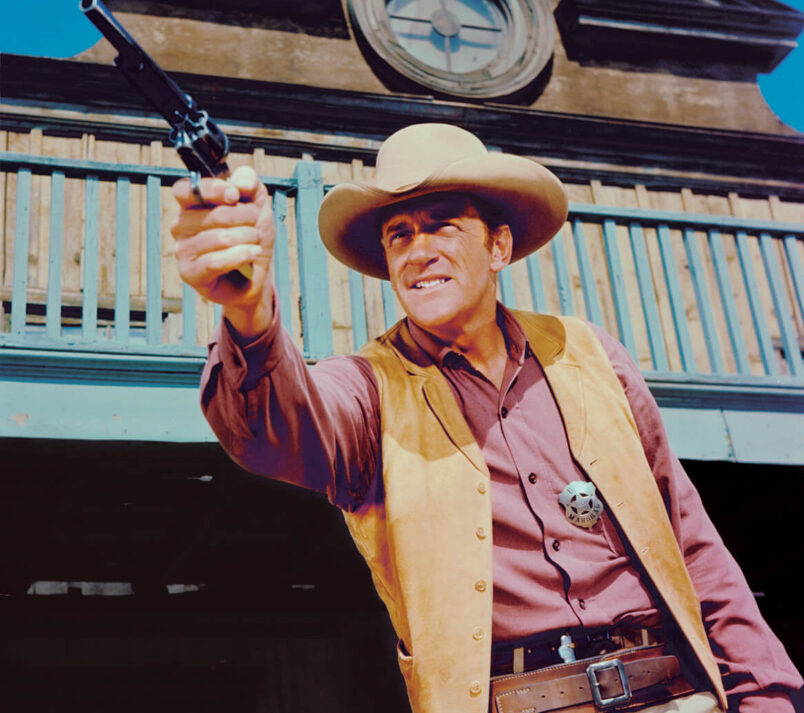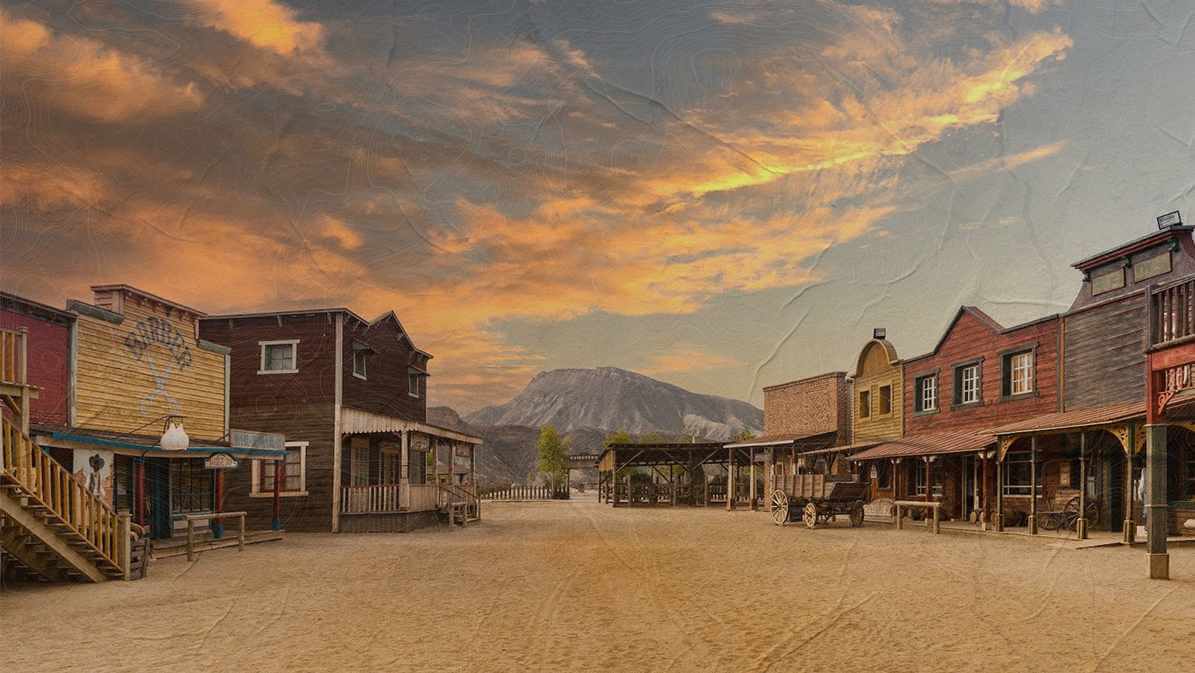By Robert Deason
Key Takeaways
-
James Watt’s steam engine breakthrough sparked a technological revolution by dramatically improving energy efficiency.
-
Steam locomotives reshaped societies, driving the Industrial Revolution, urbanization, and the rapid settlement of the American West.
-
Though retired from daily use, steam trains remain iconic symbols of power, progress, and American ingenuity.
We love steam trains. The power of the locomotive, the chugging of the wheels, the plaintive whistle call, and the intrigue and romance of meeting a stranger on board have fascinated Americans for generations. They’ve filled the silver screen from The Great Train Robbery to Butch Cassidy and the Sundance Kid, and books like “The Little Engine That Could.”
So, where did the steam train come from? It started with the invention of the steam engine in 1698 by Thomas Savery. Other innovators improved it over the years, including James Watt. As the story goes, Watt realized the power of steam power by observing the lid of a tea kettle rising. In truth, the University of Glasgow hired Watt to fix their steam engine, and when he saw how this state-of-the-art engine wasted 80 percent of the steam produced, he began tinkering. He created a second cylinder called a condenser which revolutionized its efficiency. Watt’s name lives on today as the name of a unit of energy… the watt. His engine was used for over 100 years mostly in mills and to drain water out of mines all over Europe.
The Locomotive
Richard Trevithick applied this technology to invent the first practical steam locomotive to run on rails in 1804. Early steam trains traveled up to 25 miles an hour, faster than mankind had ever traveled, yet there were skeptics. Some derided it by saying a reasonably sober person could outrun one in a downhill race. Yet, people kept making improvements, most notably George Stevenson, who is known as the father of the British railway system. His steam locomotive, the Rocket, could go up to 36 miles per hour.
The fuel–originally wood or coal, and then later oil–was fed into the firebox. The resulting hot gas entered boiler tubes, known as flues, which heated the surrounding water to form steam. It took 1,000 gallons of water for an engine to go just 15 miles and 134 pounds of coal to go a mile. It burned six to nine tons an hour. Somebody–the fireman–had to shovel coal continuously into the boiler.
The Industrial Revolution rode in on the wheels of the steam locomotive. Stevenson’s Rocket enabled people to easily and quickly move from the countryside to the city in search of better jobs and more pay. London’s population doubled within 50 years of its introduction. By 1861, half of London’s population worked in manufacturing or transportation; only 4.1% worked in agriculture.
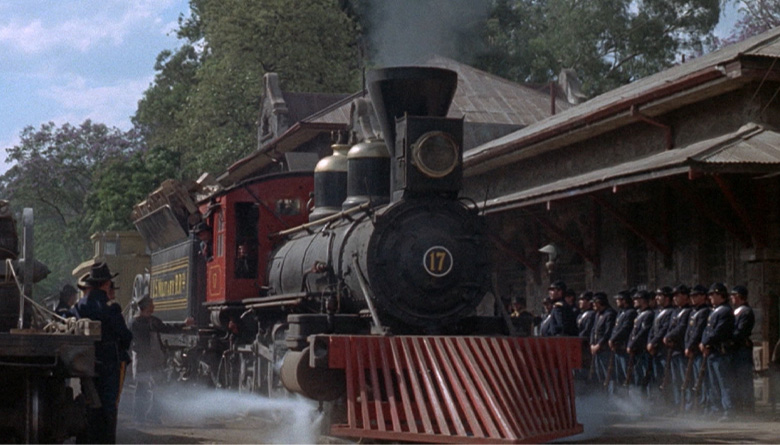 Steam Trains in America
Steam Trains in America
The United States bought steam locomotives from Stevens’ company until inventor and industrialist Peter Cooper designed the first American-made steam engine dubbed “Tom Thumb.” Tom Thumb is best known for racing a horse on the fledgling Baltimore & Ohio line. The horse won. Cooper’s design was considered experimental, so the South Carolina Canal & Rail Company’s “Best Friend of Charleston” is recognized as the first American-built design to haul paying customers. It hit the rails on Christmas Day, 1830.
“Best Friend of Charleston” was also the first to suffer a boiler explosion in June of 1831. It’s believed the fireman, bothered by the constant hissing noise, tightened the safety valve closed. The fireman perished.
Westward Expansion
The Homestead Act of 1862 granted 160 acres of land to settlers who agreed to farm and improve the land out west. Before railroads, a westward journey took months in a horse-drawn wagon. The steam engine cut the trip to approximately 80 hours. The steam locomotive made going west a reality for thousands of families by quickly transporting settlers and supplies.
The government also awarded large tracts of land to the railroad companies. Land grants spurred the growth of railroad towns and cities like Denver and Cheyenne as centers of trade, commerce, and industry built up around the rail hubs.
Sadly, as Easterners flooded the West, indigenous peoples lost their ancestral lands and were displaced by rail lines crisscrossing more and more acreage.
Construction of the Transcontinental Railroad began in 1863 in Council Bluffs, Iowa going west and in Sacramento, California going east. Both stretches met at Promontory Summit just north of the Great Salt Lake in 1869, and once they drove the final “golden spike,” America’s dream of being fully connected by rail became a reality.
The nation expanded economically as well as geographically. Steam trains shipped food and goods quickly. Factories could operate away from water sources. They transformed agriculture and industry.
The End of Steam Locomotives
Rail companies began replacing the steam locomotives with diesel in the 1920s. World War II slowed the transition, and it wasn’t until the 1960s they essentially disappeared as viable commercial transportation. A fraction of the 160,000 steam locomotives built in America between 1830 and 1950 still operate today in museums or as tourist attractions.
The love affair lives on.
Suggest a Correction
We strive for accuracy and fairness. But if you see something that doesn’t look right, click here to contact us!

